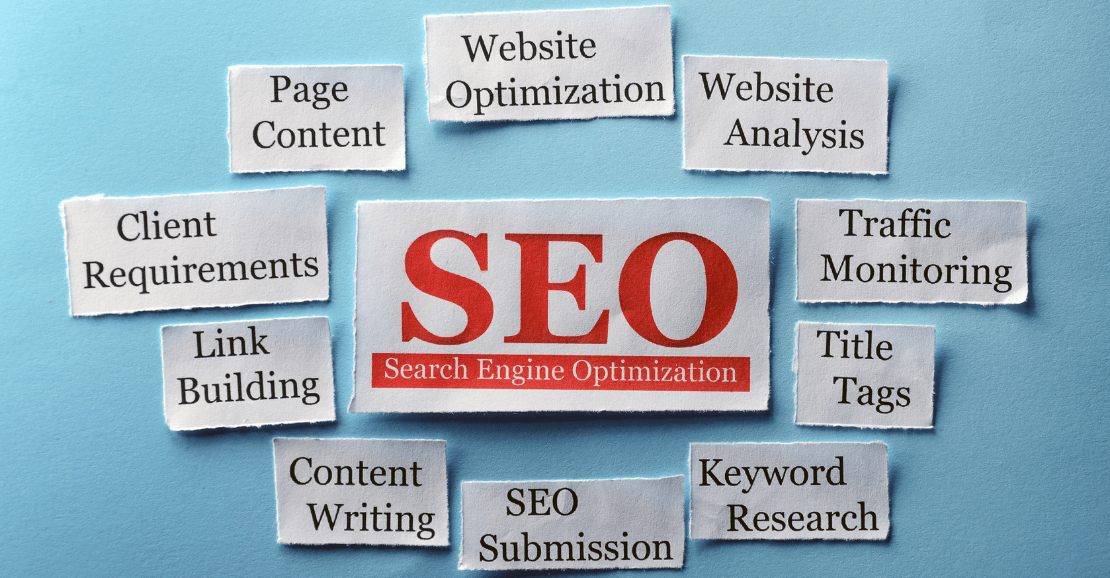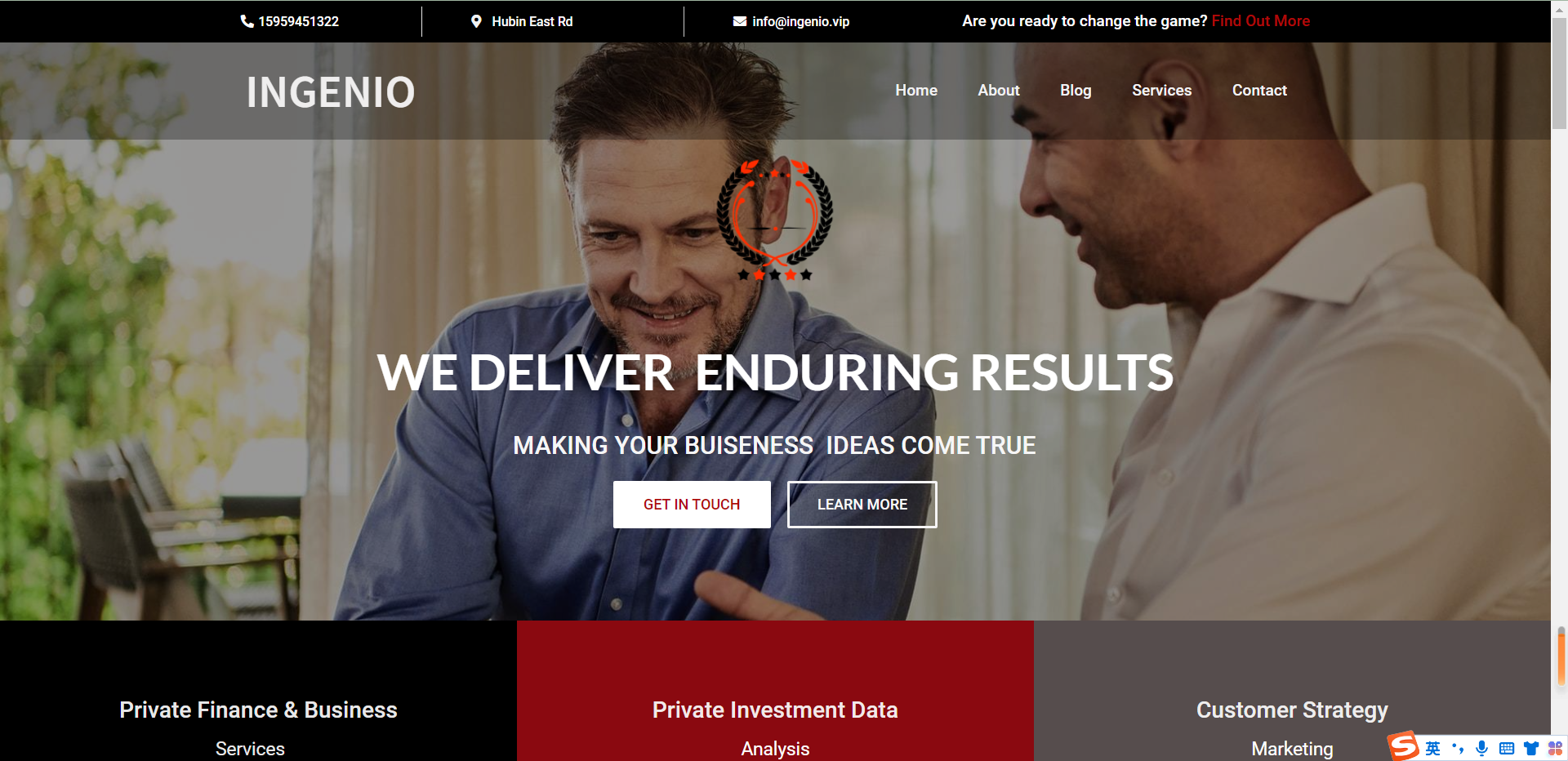The Ultimate Guide to Digital Marketing Strategies for 2024: Tips and Trends
Digital marketing has become an indispensable part of any successful business strategy. As we approach 2024, it’s crucial to understand the emerging trends and strategies that will shape the digital landscape. This guide provides a comprehensive look at the most effective digital marketing strategies to help businesses thrive in the coming year.
1. Embrace Artificial Intelligence (AI) in Marketing
AI technology is revolutionizing digital marketing by enabling more personalized, efficient, and data-driven strategies. In 2024, businesses should leverage AI tools for content creation, customer service (through chatbots), and predictive analytics. AI helps marketers understand customer behavior, improve targeting, and enhance user experience.
2. Video Marketing: A Must-Have Strategy
Video marketing continues to be a dominant force in digital marketing. With platforms like TikTok, Instagram Reels, and YouTube Shorts, businesses can engage their audience with dynamic and engaging content. To stay competitive, create short-form videos that are informative and entertaining, while also optimizing them for mobile devices.
3. Voice Search Optimization
As voice-activated devices such as Google Home and Amazon Echo become increasingly popular, optimizing your content for voice search is essential. Focus on natural language queries and conversational keywords, as users typically phrase voice searches in a more casual tone.
4. SEO and Content Marketing Synergy
SEO remains the backbone of digital marketing. The combination of high-quality content and SEO best practices ensures your website ranks higher in search engine results. In 2024, focus on optimizing for long-tail keywords, creating pillar content, and improving user experience (UX) to boost rankings.
5. Social Media Marketing and Influencer Collaborations
Social media continues to play a key role in reaching and engaging customers. In 2024, businesses should consider collaborating with influencers who resonate with their target audience. Influencers can help amplify brand awareness, drive conversions, and build trust with new customers.
6. Personalization: Tailored Experiences for Your Audience
Personalization has become a crucial element of digital marketing. By utilizing data analytics, businesses can deliver personalized experiences that cater to the specific needs and preferences of their customers. Personalized emails, product recommendations, and website content will help you build stronger customer relationships.
7. Email Marketing: Relevance and Engagement
Email marketing is far from dead. In fact, it remains one of the most effective ways to communicate with customers. To succeed in 2024, businesses should focus on creating relevant, value-driven email campaigns with a clear call to action. Segment your email list based on customer interests and behaviors to deliver personalized content.
8. Data Privacy and Ethical Marketing
With increasing concerns over data privacy, businesses must be transparent and ethical in how they collect and use customer data. Stay compliant with GDPR and other privacy regulations by ensuring your data handling practices are secure, transparent, and aligned with customer expectations.
Conclusion
Digital marketing in 2024 will require businesses to adapt to changing technologies, consumer behaviors, and market trends. By embracing AI, focusing on SEO, and creating personalized experiences, businesses can drive significant growth. Stay ahead of the curve and implement these strategies to ensure your digital marketing efforts are successful in the new year.









